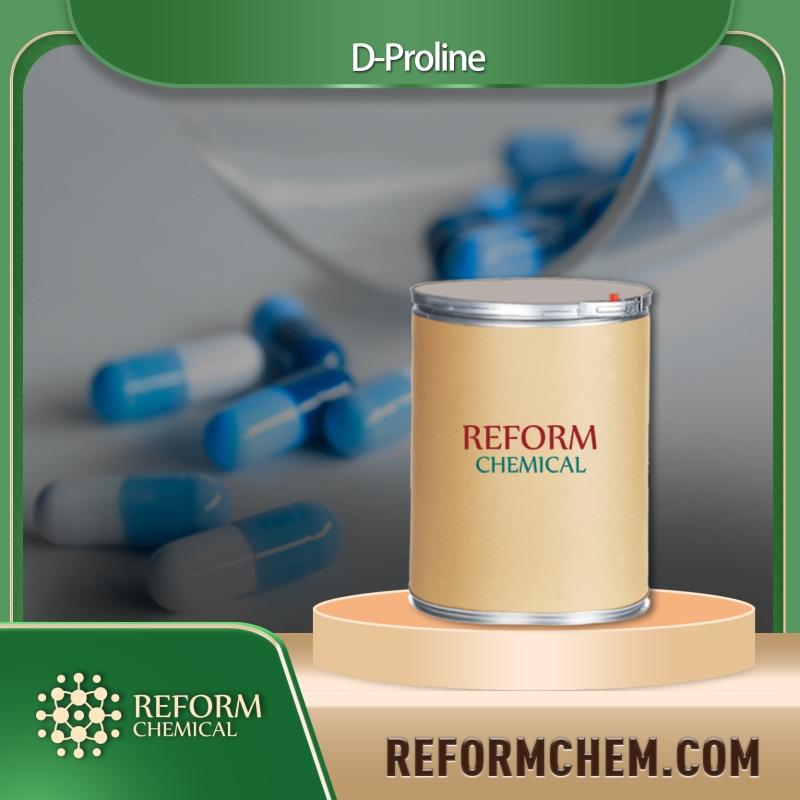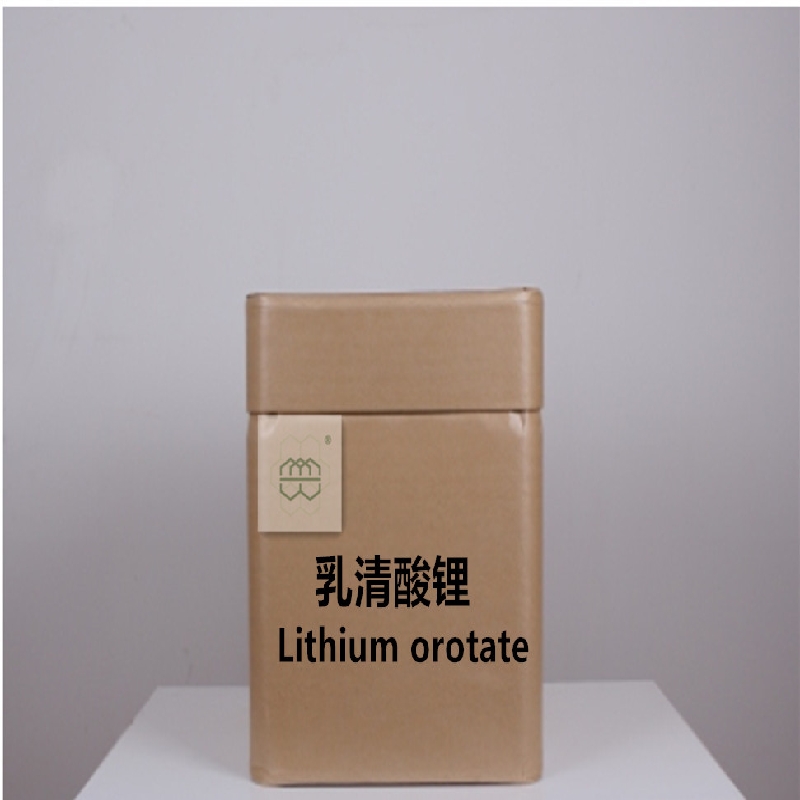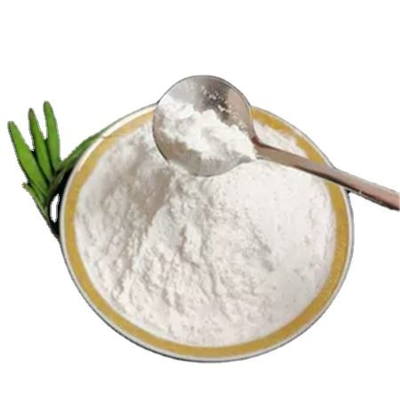-
Categories
-
Pharmaceutical Intermediates
-
Active Pharmaceutical Ingredients
-
Food Additives
- Industrial Coatings
- Agrochemicals
- Dyes and Pigments
- Surfactant
- Flavors and Fragrances
- Chemical Reagents
- Catalyst and Auxiliary
- Natural Products
- Inorganic Chemistry
-
Organic Chemistry
-
Biochemical Engineering
- Analytical Chemistry
-
Cosmetic Ingredient
- Water Treatment Chemical
-
Pharmaceutical Intermediates
Promotion
ECHEMI Mall
Wholesale
Weekly Price
Exhibition
News
-
Trade Service
Japan has lifted restrictions on the import of dairy products , and in principle anyone can freely import dairy products
However, in order to protect Japanese dairy farmers and stabilize the balance of supply and demand in the Japanese dairy market, a number of measures have been taken, such as the planned import of bulk dairy products such as skimmed milk powder and butter , and the application of high tariffs to liberalized varieties
Through this article, Food Partner Network analyzes the demand space of Japanese dairy products market, introduces the import process of Japanese dairy products, and hopes to help Japanese export of domestic dairy products
However, in order to protect Japanese dairy farmers and stabilize the balance of supply and demand in the Japanese dairy market, a number of measures have been taken, such as the planned import of bulk dairy products such as skimmed milk powder and butter , and the application of high tariffs to liberalized varieties
Through this article, Food Partner Network analyzes the demand space of Japanese dairy products market, introduces the import process of Japanese dairy products, and hopes to help Japanese export of domestic dairy products
Analysis of supply and demand of Japanese dairy products market
According to the data published on the official website of the Ministry of Agriculture, Forestry and Fisheries of Japan, the total domestic raw milk production in Japan in 2020 is 43 million tons, of which Hokkaido’s production is 16 million tons, accounting for about 45% of the tot.
Of the 43 million tons of raw milk, 403 tons were sold as drinking fresh milk, and 90% of the raw milk produced in other prefectures other than Hokkaido was processed into drinking fresh milk to avoid long-distance transportation of fresh mi.
The remaining 3 million tons of milk mainly produced in Hokkaido are mainly processed into dairy products such as cream, butter and skimmed milk powd.
Of the 43 million tons of raw milk, 403 tons were sold as drinking fresh milk, and 90% of the raw milk produced in other prefectures other than Hokkaido was processed into drinking fresh milk to avoid long-distance transportation of fresh mi.
The remaining 3 million tons of milk mainly produced in Hokkaido are mainly processed into dairy products such as cream, butter and skimmed milk powd.
In fiscal 2020, Japan also imported 99 million tons of dairy produc.
Among them, about 700,000 tons of skimmed milk powder, butter, whey and other products are planned to be imported in the form of national tra.
Among the rest of the import liberalization varieties, 68 million tons of cheese and 600,000 tons of other types of dairy produc.
Among them, about 700,000 tons of skimmed milk powder, butter, whey and other products are planned to be imported in the form of national tra.
Among the rest of the import liberalization varieties, 68 million tons of cheese and 600,000 tons of other types of dairy produc.
From the above data, it can be seen that all drinking milk in Japan uses milk produced in the country and does not import drinking fresh mi.
The milk produced in Hokkaido acts as a regulating val.
When the demand for drinking fresh milk increases, it is processed into drinking fresh milk for sale; when the demand for drinking fresh milk decreases, it is converted into dairy raw materials to stabilize the supply and demand balance of raw mi.
The milk produced in Hokkaido acts as a regulating val.
When the demand for drinking fresh milk increases, it is processed into drinking fresh milk for sale; when the demand for drinking fresh milk decreases, it is converted into dairy raw materials to stabilize the supply and demand balance of raw mi.
Compared with imported products, Japanese-made dairy products such as skimmed milk powder and butter have no significant difference in quality, and the production cost is higher than the import pri.
In order to balance raw milk supply and demand and stabilize raw milk production, the Japanese government pays compensation for domestically produced milk used as a raw material for dairy products to protect dairy farmers from loss.
At the same time, for the bulk dairy products that are in high demand and can be stored for a long time, such as skimmed milk powder and butter, the state plans to import them, and plans to adjust the import quantity and import timing to reduce the impact on the dairy industry in Jap.
The main importers of bulk dairy products are New Zealand, Australia, the United States and EU member stat.
In order to balance raw milk supply and demand and stabilize raw milk production, the Japanese government pays compensation for domestically produced milk used as a raw material for dairy products to protect dairy farmers from loss.
At the same time, for the bulk dairy products that are in high demand and can be stored for a long time, such as skimmed milk powder and butter, the state plans to import them, and plans to adjust the import quantity and import timing to reduce the impact on the dairy industry in Jap.
The main importers of bulk dairy products are New Zealand, Australia, the United States and EU member stat.
Introduction to the import process of dairy products in Japan
Before exporting dairy products to Japan, it is first necessary to confirm whether the exported products are dairy products subject to quaranti.
Before 2017, Japan only designated raw milk as a dairy product subject to quaranti.
After 2017, some dairy products were added to the list of animal quarantine objec.
Before 2017, Japan only designated raw milk as a dairy product subject to quaranti.
After 2017, some dairy products were added to the list of animal quarantine objec.
Chinese enterprises exporting dairy products subject to quarantine to Japan must first obtain a health inspection certificate (Heath certificate or Veterinary certificate) issued by the General Administration of Custo.
The method of concluding an agreement between countries has been negotiated by China Customs and the Japanese Ministry of Agriculture, Forestry and Fisheries in advance, and the format of the sanitation inspection certificate has been agreed up.
The method of concluding an agreement between countries has been negotiated by China Customs and the Japanese Ministry of Agriculture, Forestry and Fisheries in advance, and the format of the sanitation inspection certificate has been agreed up.
There are two types of livestock hygiene conditions, countries that allow the export of raw and unheated dairy products to Japan (listed countries) and countries that do not allow the export of raw and unheated dairy products to Japan (non-listed countrie.
China is a non-listed country, and dairy products from non-listed countries must go through the inactivation process of foot-and-mouth disease vir.
China is a non-listed country, and dairy products from non-listed countries must go through the inactivation process of foot-and-mouth disease vir.
The Japanese HS codes of dairy products subject to animal quarantine and dairy products not subject to quarantine are listed below for reference only, and need to be verified again when exporti.
Types of dairy products subject to quarantine (HS CODE): 0401 (milk, butter, e.
), 0402 (milk, butter, e.
), 0403 (butter milk), 0404 (whey, e.
), 0405 (butter, e.
), 0406 (cheese, e.
) , 35020/35090 (milk albumin, e.
, raw milk and dairy products as raw materials), 23010/23090 (raw milk and dairy products as raw materials for feed, pet food, e.
), 0402 (milk, butter, e.
), 0403 (butter milk), 0404 (whey, e.
), 0405 (butter, e.
), 0406 (cheese, e.
) , 35020/35090 (milk albumin, e.
, raw milk and dairy products as raw materials), 23010/23090 (raw milk and dairy products as raw materials for feed, pet food, e.
Types of dairy products not subject to quarantine: ice cream, infant formula, milk stored at room temperature (LL milk), fermented milk, lactic acid bacteria beverages, sugar-free condensed milk, sugar-free skimmed condensed milk, processed cheese, and HS of dairy products as raw materials but the final product CODE is non-quarantine dairy products, such as frozen pizza (HS CODE 1905) coated with natural cheese (HS CODE 040
In addition, canned, bottled, and containerized after heat sterilization, food can be stored for a long time at room temperature without animal quaranti.
In addition, canned, bottled, and containerized after heat sterilization, food can be stored for a long time at room temperature without animal quaranti.
The import process of dairy products subject to quarantine in Japan is divided into three steps: animal quarantine, import declaration, and payment of customs duti.
The specific process is as follo.
The specific process is as follo.
① Animal Quarantine: At the latest one day before the on-site inspection of animal quarantine, the importer submits the quarantine application, the health inspection certificate issued by the exporting country government, the invoice packing list and the bill of lading and other documents to the animal quarantine office under the jurisdiction of the port of arriv.
According to specific circumstances, it may also be required to submit product specifications, production process flow and other documen.
The Animal Quarantine Institute will issue an import quarantine certificate after the submitted documents are reviewed, on-site inspection, and laboratory precise inspection (when deemed necessar.
Disposal and return of goods that fail to pass the quarantine inspecti.
According to specific circumstances, it may also be required to submit product specifications, production process flow and other documen.
The Animal Quarantine Institute will issue an import quarantine certificate after the submitted documents are reviewed, on-site inspection, and laboratory precise inspection (when deemed necessar.
Disposal and return of goods that fail to pass the quarantine inspecti.
② After passing the animal quarantine, an import declaration must be made at the quarantine stati.
The Quarantine Office examines the import declaration documents, and if the product is qualified after inspection, it will issue a "Certificate of Import Declaration of Food, e.
The Quarantine Office examines the import declaration documents, and if the product is qualified after inspection, it will issue a "Certificate of Import Declaration of Food, e.
③ Submit the "Import Declaration Certificate for Food, e.
" to the customs offi.
After paying the tax, the goods can be moved out of the bonded area and circulat.
" to the customs offi.
After paying the tax, the goods can be moved out of the bonded area and circulat.
Conclusion: Although Japan has loosened the import restrictions on dairy products and can import dairy products freely in principle, in order to protect the Japanese dairy industry, it has adopted a number of measures, such as the control of the import of bulk dairy products by the state, and the application of high tariffs for liberalized varieti.
To sum up, there is little room for exporting dairy products to Japan, but liberalized varieties such as ice cream can be tried to export, and the Japanese market demand should be fully considered before exporting to determine export varieti.
To sum up, there is little room for exporting dairy products to Japan, but liberalized varieties such as ice cream can be tried to export, and the Japanese market demand should be fully considered before exporting to determine export varieti.







